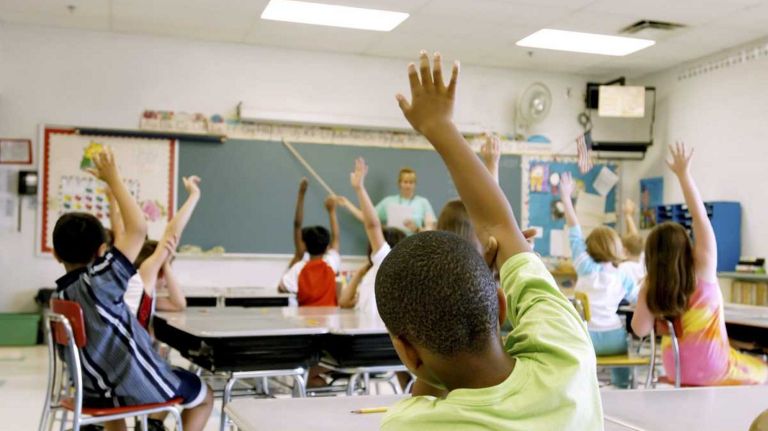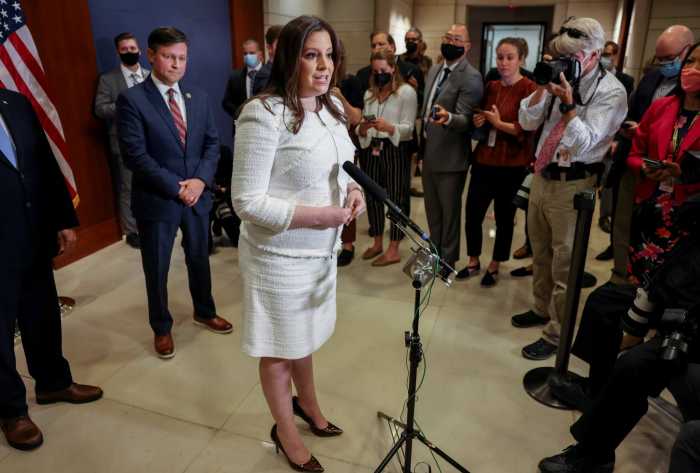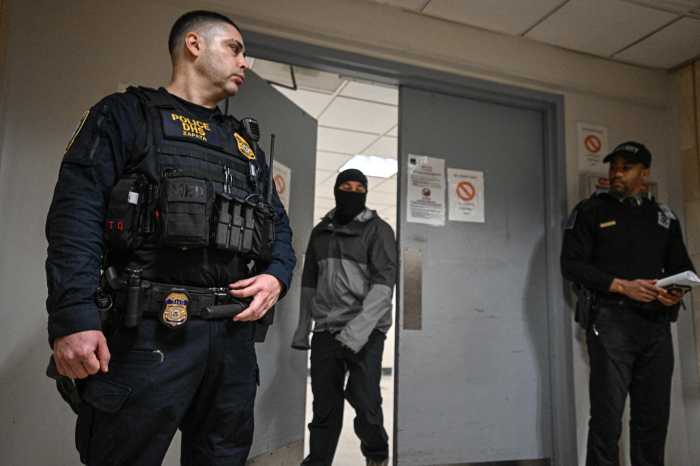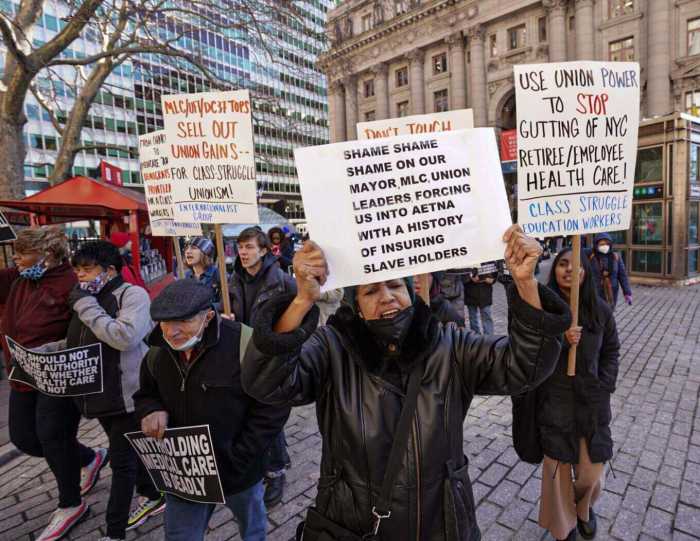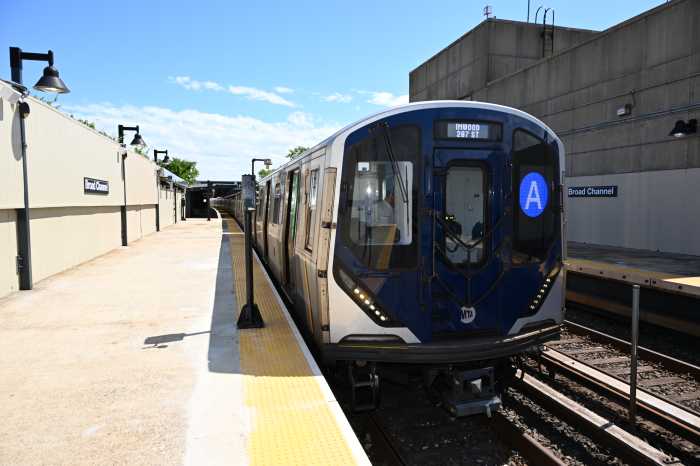
The latest debate in the effort to diversify NYC public schools is the recommendation that the city end its gifted and talented program, which has a disproportionately low enrollment of minority students compared with the city’s population — 21 percent are black or Hispanic, compared with 66 percent citywide.
But would ending this program help minority students better compete academically and close the segregation gap in city schools?
The mayor’s diversity panel believes so, and has recommended the city end the program to even out the playing field. This is well-intentioned, but naive. In fact, how many of these administrators would send their children to low-functioning public schools if their children weren’t placed in specialized programs?
We would all like to believe that the decades-long problems of segregation and class division in city schools would be eradicated if all children were able to work together, but it’s not that simple.
I have worked at a school in Fort Greene that is more than 90 percent black and Hispanic. The neighborhood is very diverse, but families, especially those with means, routinely send their kids to schools elsewhere. Perhaps if there were a gifted and talented or magnet program at my school, parents might be inclined not to send their children elsewhere.
Changing some of the rules might be a good start, but ridding schools of specialized programs is not the answer. Gifted and talented should be renamed to something more suitable and only allowed in testing grades. Children ages 4 and 5 should not be cherry-picked when their cognitive and motor skills are still developing. If admission is academically based, then make the effort to educate families and offer free tutoring to students for the entrance exams. Many students and their families are not even aware of these programs. With more information and some academic assistance, many more students who better reflect the city’s landscape could be accepted to these educational programs.
If the priority is to be inclusive, then it has to be two-fold. We can’t simply place our higher-functioning students in regular classrooms and expect that they will want to stay in public schools. And we can’t keep changing ZIP codes and program names to allow some students to be labeled as gifted and talented and leave the others with a lesser name by default – ungifted and untalented.
NYC has some of the most diverse, intelligent and talented students I know. Let them shine, let them have access to arts and writing and robotics classes. But don’t simply take away a program and believe you’ve solved a complicated problem.
Elana Rabinowitz is a writer and teacher in Brooklyn.



